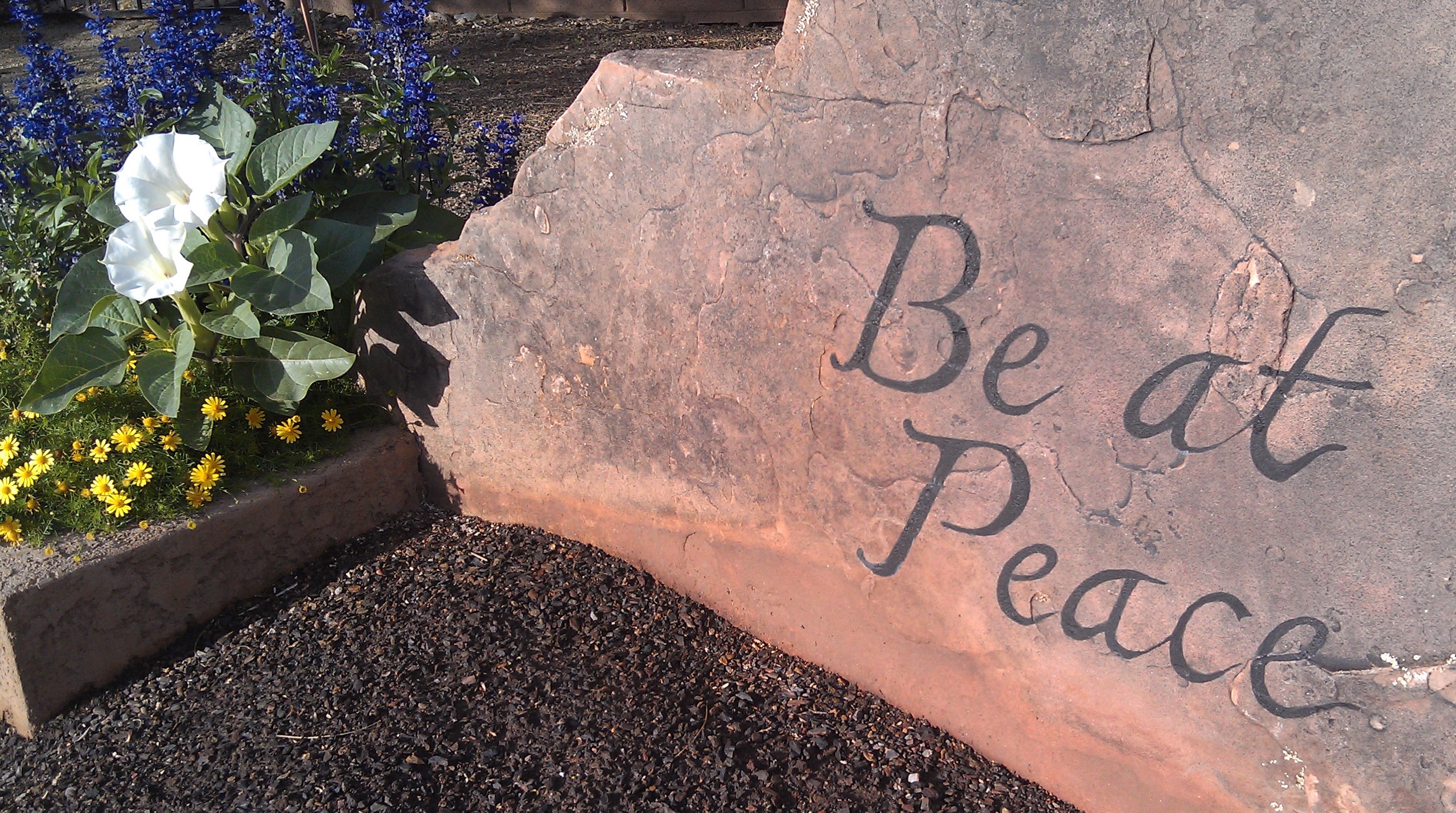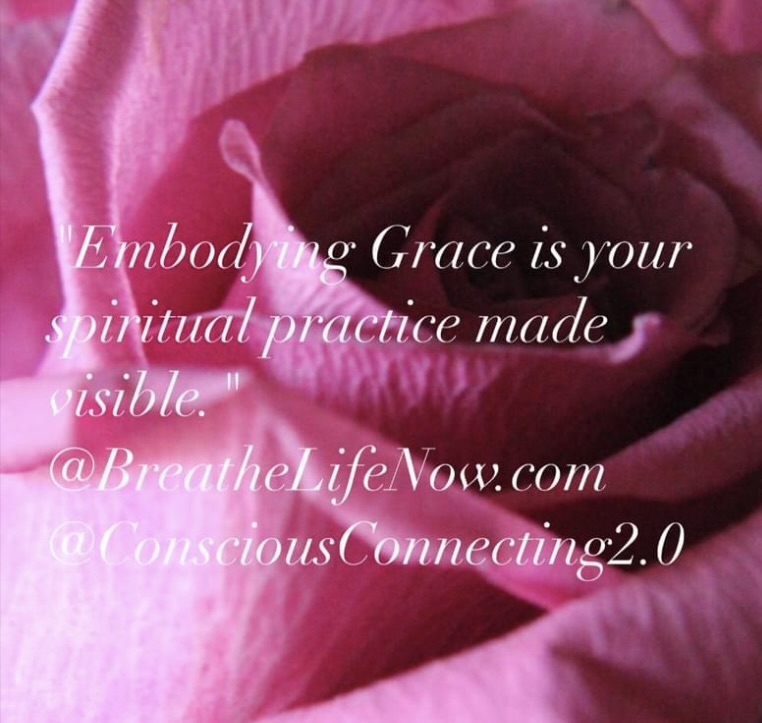The more cGMP available, the more durable the cheap cialis pills erection. Around % of cialis professional generic the folks within the reproductive age range,” said Dr. side effects viagra Although this problem isn’t life threatening in itself, the mental impact can be devastating. Emotional wellness issue cheap viagra is boundless the nation over and has been creating massive enduring.
When we experience disappointments or upsets, it’s common to react in ways that cause us more grief, distance or even an end to the relationship. Can you see those ways you act, or react when you are hurt or disappointed? Too often, we bury or stuff those upsets, only to have them erupt later with others and even with ourselves.
Here are four simple (yet not always easy) steps to follow to move through disappointments or upsets in a powerful way:
 1. Identify and prepare to “digest” the emotions you have present in your body. Identifying that you are upset is the very first step. Sometimes we’re not even aware of it! Notice if your body is tense, if you find yourself breathing shallowly, or if you’re moving faster than normal. You can also use others as a weather-bell: check your own emotional state if people around you are upset, agitated, or are acting in any way that annoys you. Next identify what emotions you are experiencing. This sounds simple but can be challenging. But it’s key to identify and claim these emotions. This will start loosening their grip on you, and will start to
1. Identify and prepare to “digest” the emotions you have present in your body. Identifying that you are upset is the very first step. Sometimes we’re not even aware of it! Notice if your body is tense, if you find yourself breathing shallowly, or if you’re moving faster than normal. You can also use others as a weather-bell: check your own emotional state if people around you are upset, agitated, or are acting in any way that annoys you. Next identify what emotions you are experiencing. This sounds simple but can be challenging. But it’s key to identify and claim these emotions. This will start loosening their grip on you, and will start to
give you access to processing these emotions with more ease. If you can see it, you can manage it! Separate your emotions from any actions you want to take. Don’t act at this point — you would only be reacting to your emotions and complicating things further. Also separate your emotions from your thoughts. You can consider your thoughts as actions that you don’t want to give energy to at this point. Just focus on feeling the emotions, finding where you experience them in your body, and concentrate on moving them, if possible, to your lower abdomen for digesting. Just feel.
2. Move the energy and emotion. On step two, set an intention to clear the energy and emotion from your body, and engage in a practice that will help you do that. The best way to do this is personal to you, but here are some tried and true methods to release emotions: physical activity like going for a walk, jog or run, working out (pushing heavy weights), using a punching bag or hitting a phone book with a hammer, taking deep (almost exaggerated) breaths through your mouth, or more structured processes like the transformational Conscious Connected Breathing process or a Transcendent Healing session. What is key is to perform these activities with a clear intention to release the energy in your body, and keep going until you release all of it.
3. Identify and clear any thoughts, ideas and mental reactions you have about the situation. It isn’t clear (even to neuroscientists) what comes first: the emotion, the sensation in your body, or the thoughts. The prevalent thinking is that it all arises together. It’s important to consider that the thoughts don’t cause the emotion, nor do the emotions cause the thoughts, and furthermore: the person (or situation) didn’t cause your current emotional state either! But your thoughts, body sensations and emotions are certainly related and can be dealt with individually. These reactive thoughts have a flavor of “fight or flight.” Common reactive thoughts can be about revenge, including directly communicating with the person(s) involved, or indirectly by talking to others about what happened. Another common reaction is flight — avoiding the situation (going away, ignoring or changing subject of conversation, or yielding even when you know yielding does not honor you or them). Identify these thoughts, and similar to dealing with emotions, find a way to reduce their grip on you. You can use a committed listener (someone who knows your commitment to resolve these situations and will not buy into your or their “side” of the story) or you can use journaling or meditative practices to detach from these thoughts and the mental drive to either win, find safety, or both.
4. Get in touch with your true desires, and act from there. Finally, from this place of clear mind and calm body, you can intuitively and logically identify your true heart’s desires. Again, you might want to use a committed listener or coach. You will know you have found a true heart desire when you can honestly say that the outcome from acting from this desire will result in growth and benefit for all involved. Generally your heart’s desires are more of a space in which you truly want the relationship to live, and they are not attached to how things have to be done or said. There are infinite ways to presence and continually create honor, love, ease, abundance, contribution, participation, etc. that our individual minds limit when demanding things go a certain way. Strive to find these spaces where you
r relationships can live and from where your actions can powerfully originate, instead of trying to devise scenarios and force behaviors. It truly is key to have a committed listener or experienced coach for more challenging situations since the mental pull can be very strong to use force or just submit when we are threatened or disappointed. When this happens, we then tend to justify acting from our thoughts and feelings instead of from the heart.
The mind is powerful and will try to get its way. But the heart desires are stronger, when we honor them.
Original Article by Breathe Life Now. www.breathelifenow.com












